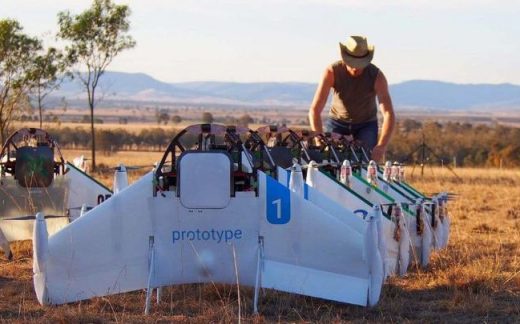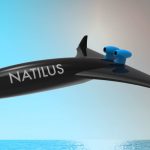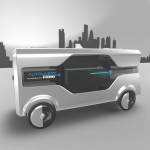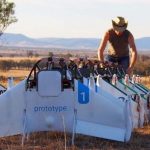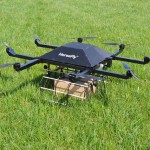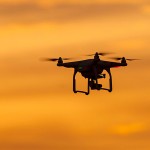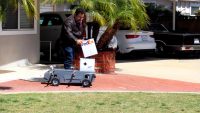Google Tests Delivery Drones
Google follows Amazon into the sky with drone delivery tests
By ,August 4, 2016
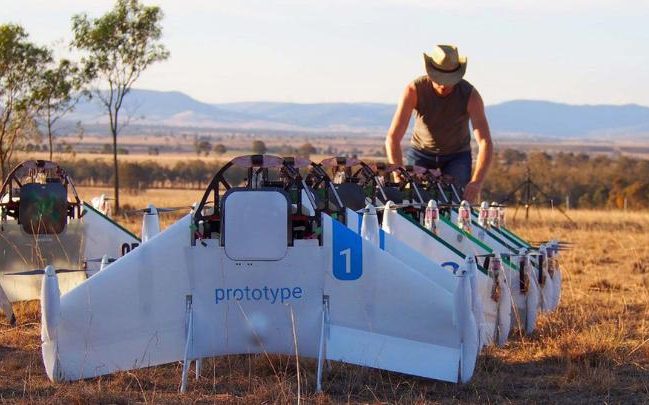
Google has won the go-ahead to begin testing delivery drones in the US, as it looks to match Amazon in a market that has huge potential.
America’s Federal Aviation Administration gave Alphabet, the parent company of Google, permission for its “X” research division to test drones weighing less than 25kg in designated areas as part of the company’s Project Wing.
The announcement came alongside a swathe of measures intended to encourage the drone industry introduced by the White House.
The scale of the global drone market is expected to be huge, with PwC putting its potential value at $127bn (£96bn) as operators find new and innovative uses for the aerial vehicles.
It follows an announcement last week that Amazon had been granted permission to run similar tests of delivery drones around Cambridge in the UK, after the internet retailer found US regulators less accommodating towards the developing technology than British authorities.
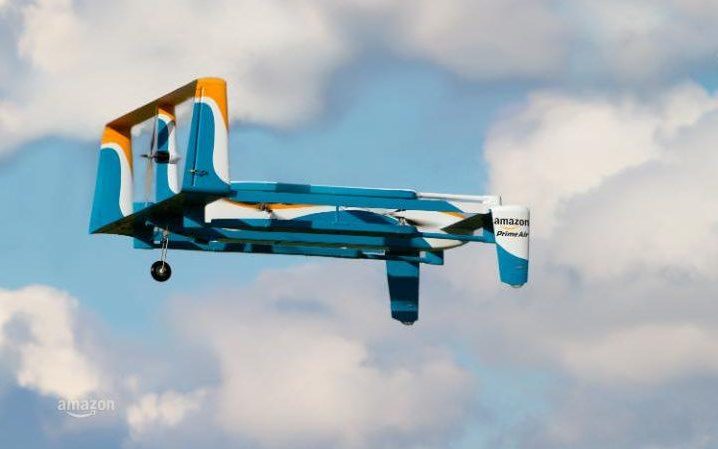
Under the plans announced by the White House – which include $35m to support research – Project Wing will carry out experiments with drones at six approved test ranges, aiming to developed unmanned aircraft and the technology needed to allow them to fly autonomously.
The company plans to fit its drones with small radio transponders that broadcast their location so other aircraft know where they are, helping make the research safer.
One of the biggest concerns about drones is how they will integrate with existing aircraft. Although they are limited to operating below 400ft – generally below the height at which manned aircraft fly – there are considerable concerns about them coming into contact with planes and helicopters as they take off and land.
However, Dave Vos, head of Project Wing, said he does not see issues with allowing drones and aircraft to operate in the same space or close proximity.
“The way I think about these issues, I don’t think about the problems,” he told Bloomberg. “I think about the solutions that we can bring to bear.”
Last year Project Wing unveiled its prototype drones, which are understood to be able to fly at 60mph. Unlike Amazon’s drones, which rely on helicopter-style propellers to fly, Google has gone for a more traditional design with a large wing to create lift.
Although the four-engine aircraft – which have a 5ft wingspan – take off vertically, they transition to horizontal flight like a normal aircraft, as it is a more efficient way of flying than relying solely on propellers.
(34)

